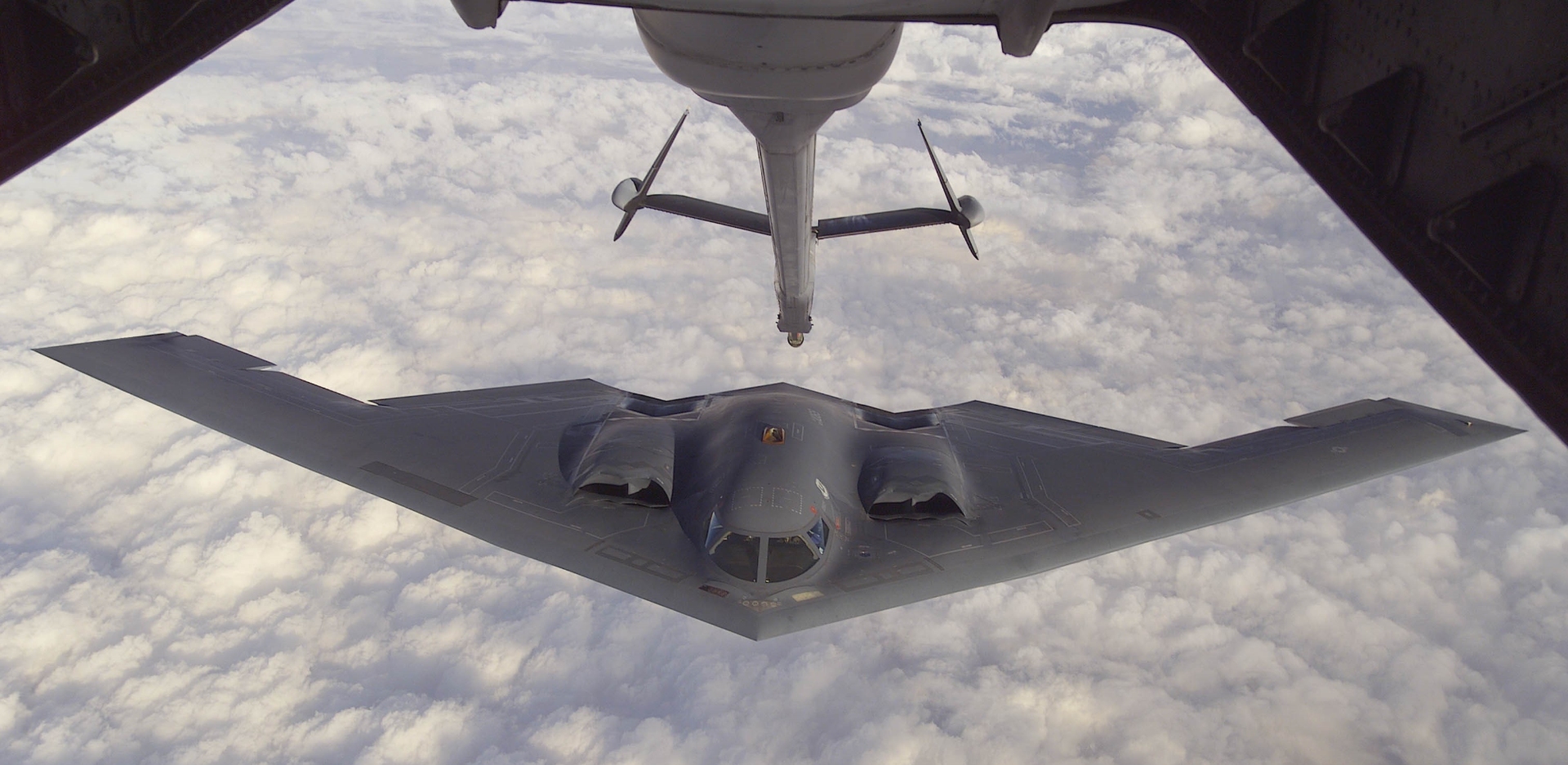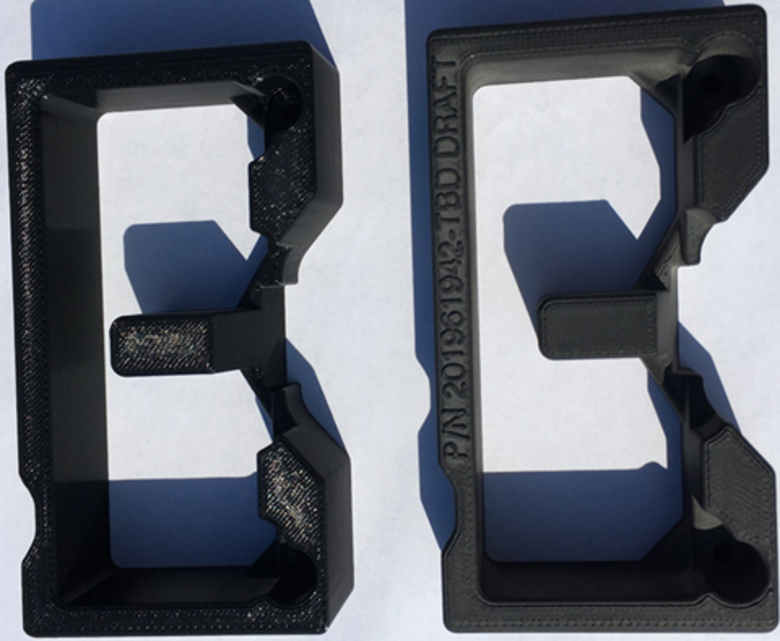The Air Force Life Cycle Management Center’s B-2 Program Office has decided to 3D print protective components for the B-2 Spirit, aka the Stealth Bomber. The part in question is a permanent protective cover for the airframe mounted accessory drive (AMAD) decouple switch located in the cockpit of the aircraft.
3D printing will ensure the aircraft stays airborne in the coming years via low-cost, timely component production.

Protective covering on the B-2
The Stealth Bomber is the Air Force’s leading heavy strategic bomber. Only 21 aircraft were ever made, but the program as a whole cost an eye-watering $45 billion. The bomber itself is characterized by its thin body and sharp corners, resembling that of a glider. The two crew vehicle features low observable stealth technology and is generally used to penetrate heavy anti-air defenses.
The 3D printed cover, while in place, is designed to prevent the accidental activation of the AMAD switch – a four-switch panel that links the engines to the hydraulic and generator power of the bomber. According to Roger Tyler, an aerospace engineer with the B-2 Program Office, the cover is a very unique part, and there has never been a commercial equivalent to it.
Since there are currently only 20 bombers in the Air Force’s fleet, any amendments or additions to the aircraft can prove quite costly (per unit). With additive manufacturing and in-house development, however, the 20 covers cost a grand total of about $4000 – peanuts when compared to the U.S. defense budget. The whole batch can also be printed in the space of a week, which is a massive reduction in lead time when compared to similar traditionally manufactured parts.
Tyler adds, “Additive manufacturing allowed us to rapidly prototype designs, and through multiple iterations, the optimum design for the pilots and maintainers was created. We have completed the airworthiness determination and are currently in the final stages to get the covers implemented on the B-2 fleet by early 2021, which will be the first additively manufactured part to be approved and installed on the B-2.”

Additive manufacturing in defense
The Air Force has had its fair share of run-ins with additive manufacturing technology as it continues to grow in power year-on-year. Earlier in 2020, it collaborated with GE Additive and GE Aviation to 3D print a sump cover for the F110 jet engine. Specialist, high-performance spare parts can often have extremely long lead times of two to three years – this is what the project looked to address. By advancing with a different strain of manufacturing technology, the Air Force intends to de-risk spare part supply chains and improve military readiness.
Elsewhere, the Air Force is also using Senvol’s machine learning software to additively manufacture large-scale aerospace components using laser-based powder bed fusion technology. The project is focused on developing baseline mechanical properties and design allowables, with the ultimate goal of optimizing end-use part production.
Subscribe to the 3D Printing Industry newsletter for the latest news in additive manufacturing. You can also stay connected by following us on Twitter and liking us on Facebook.
Looking for a career in additive manufacturing? Visit 3D Printing Jobs for a selection of roles in the industry.
Featured image shows the B-2 Stealth Bomber. Photo via U.S. Air Force.



